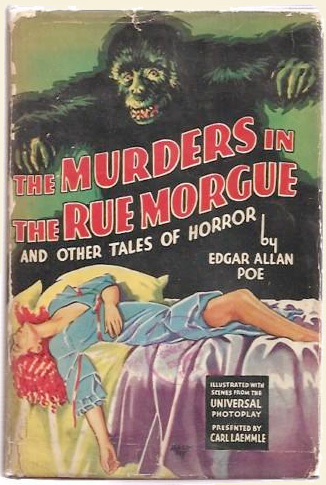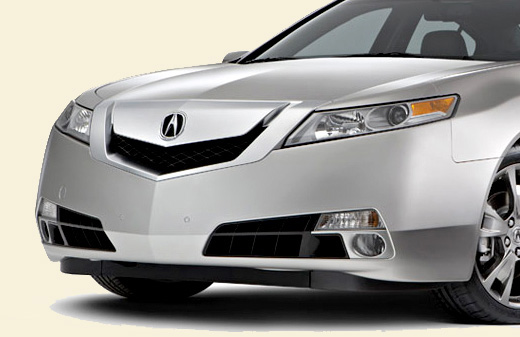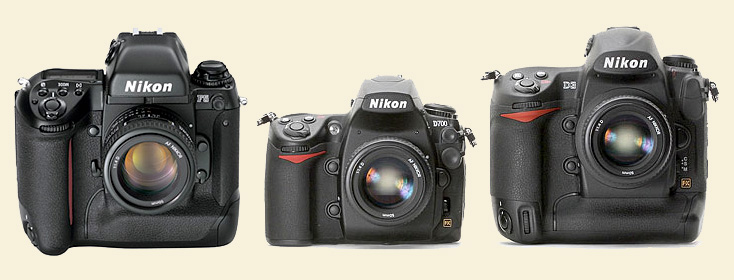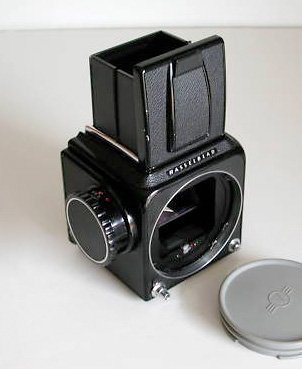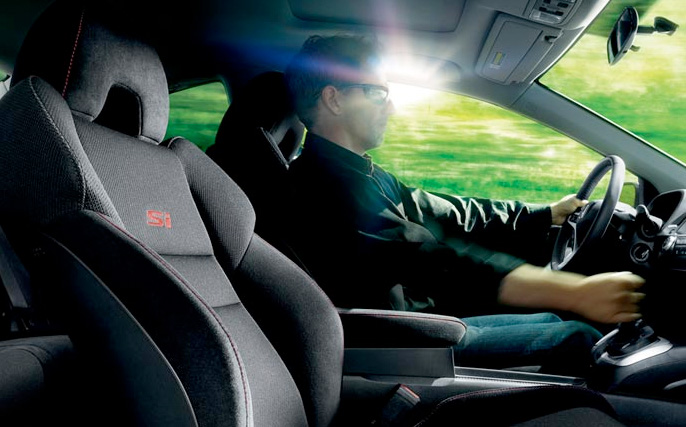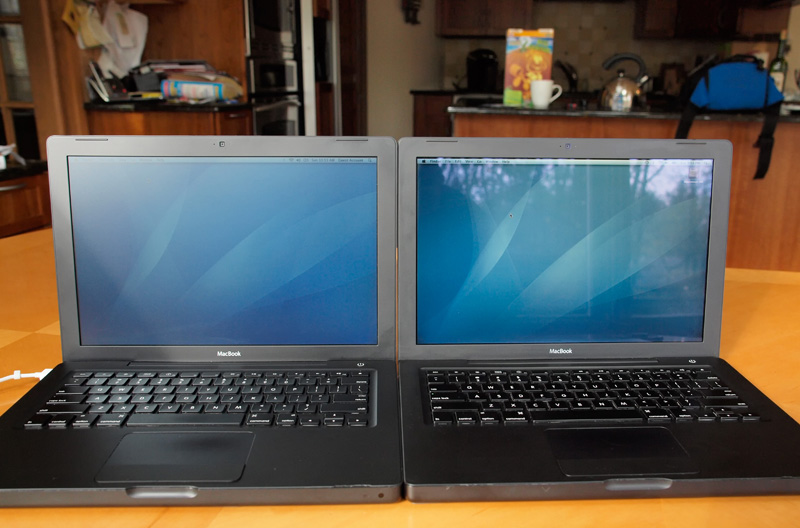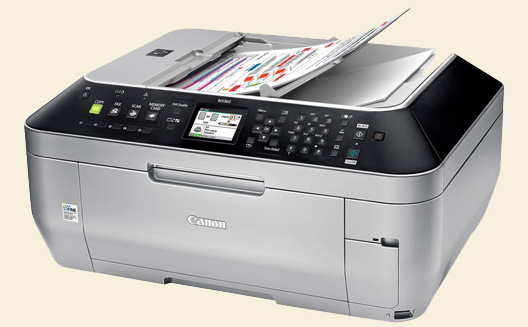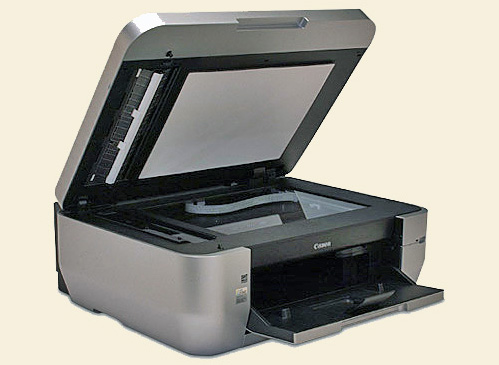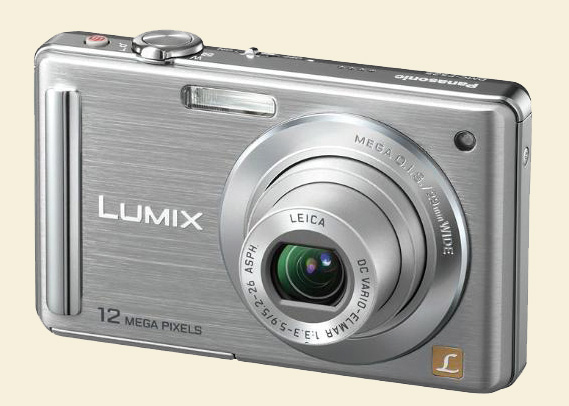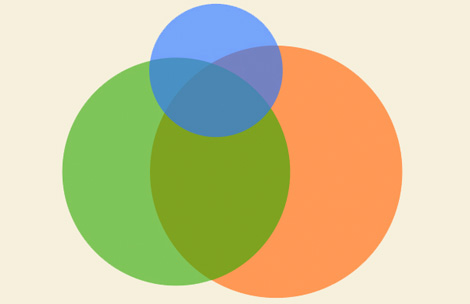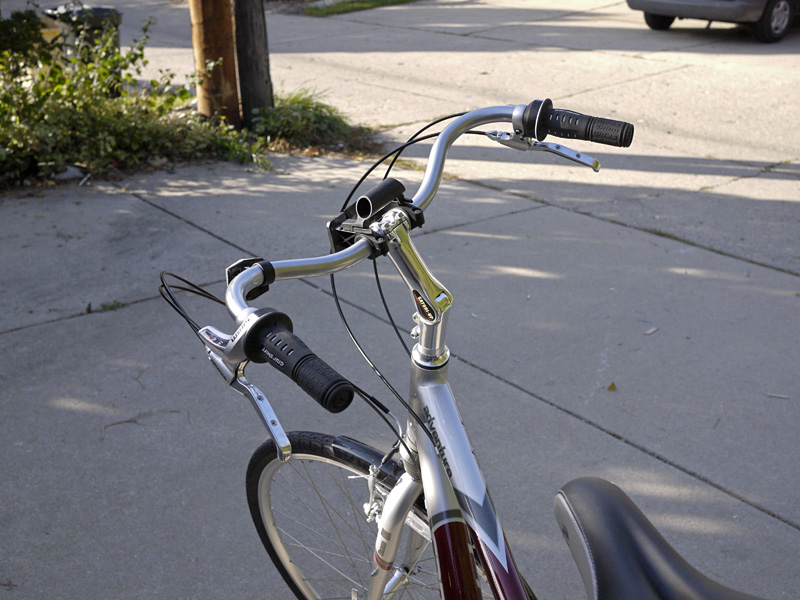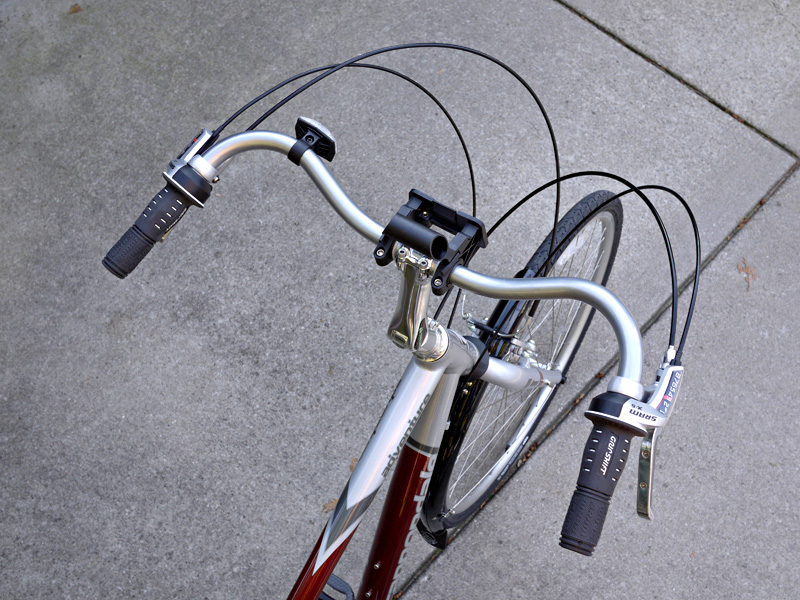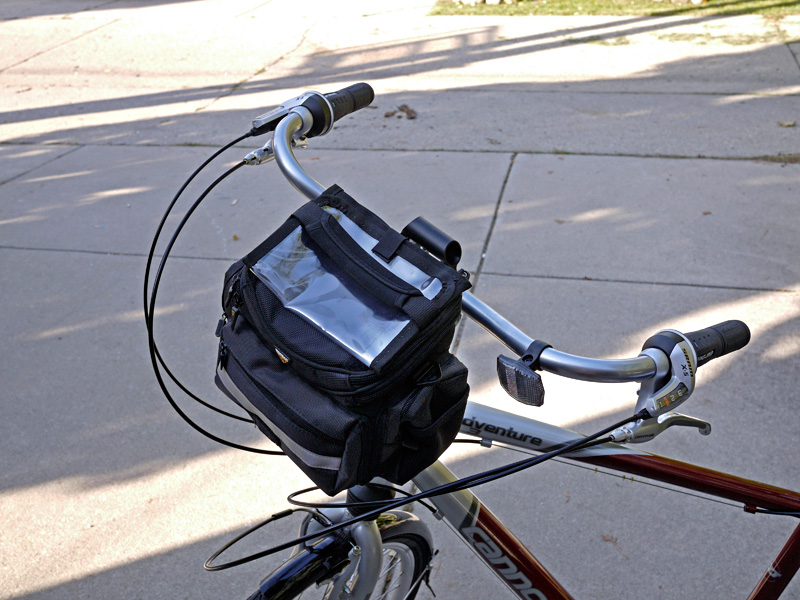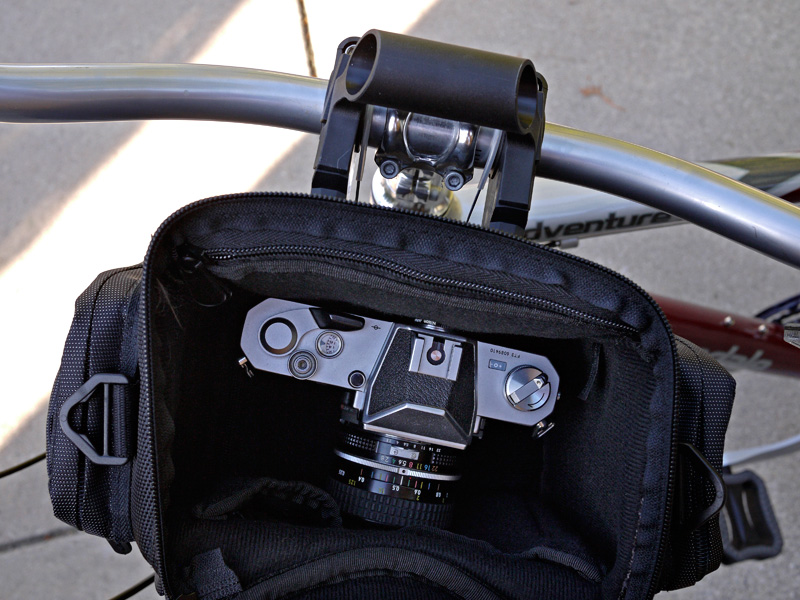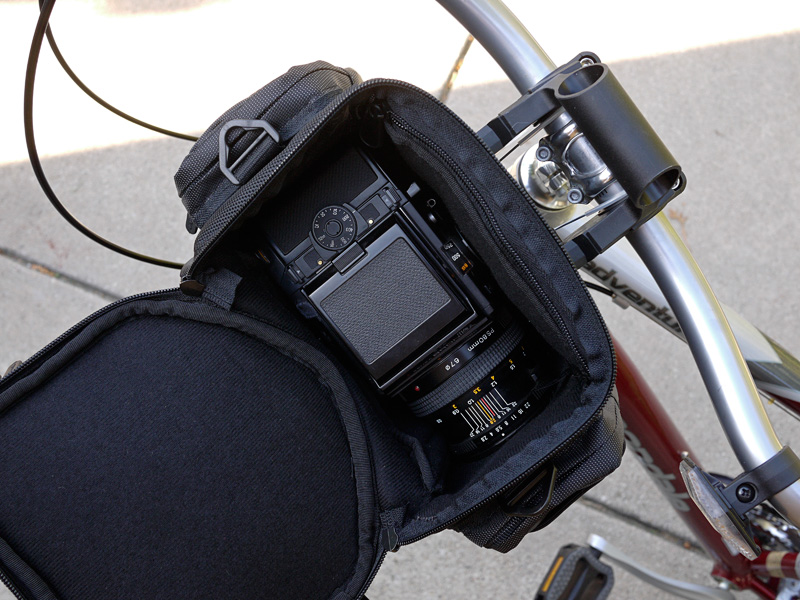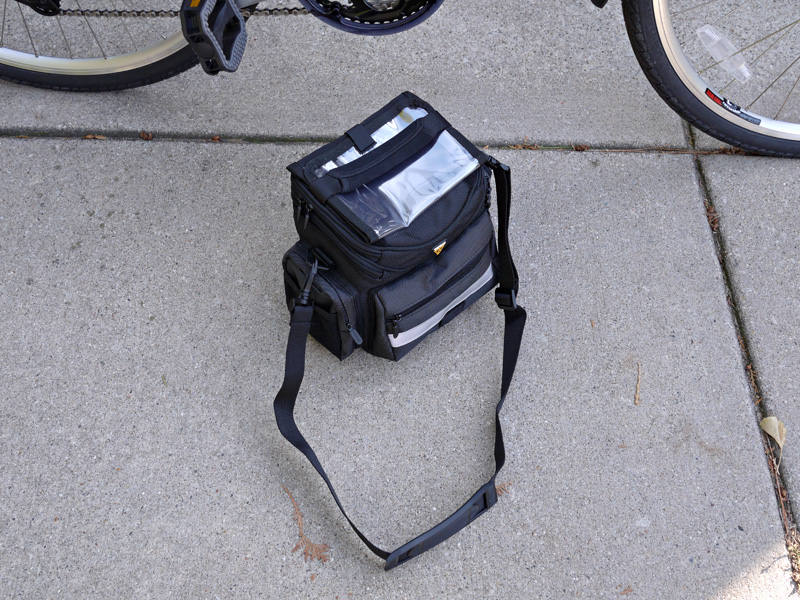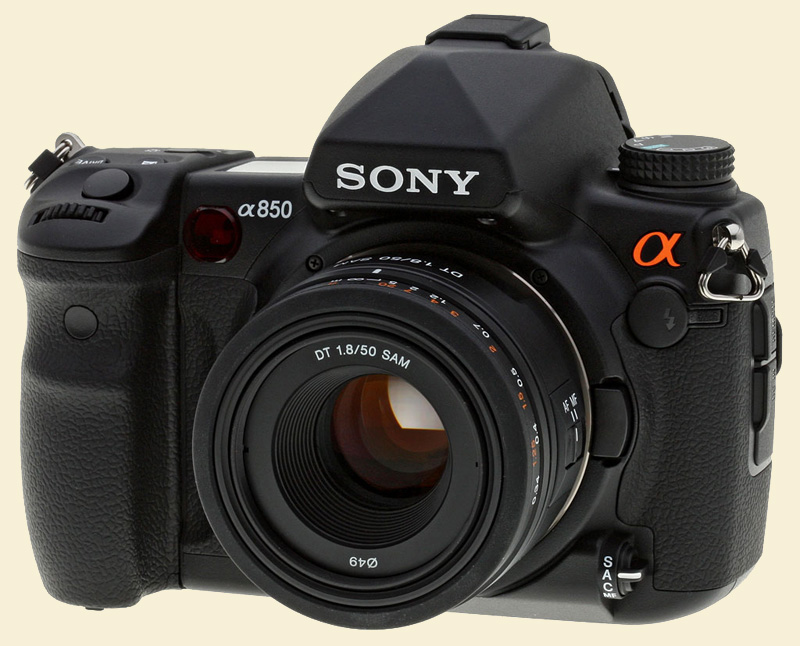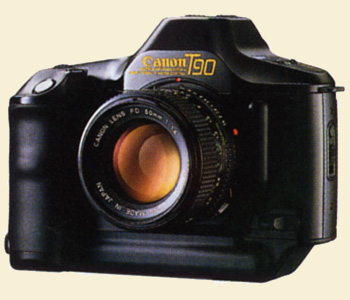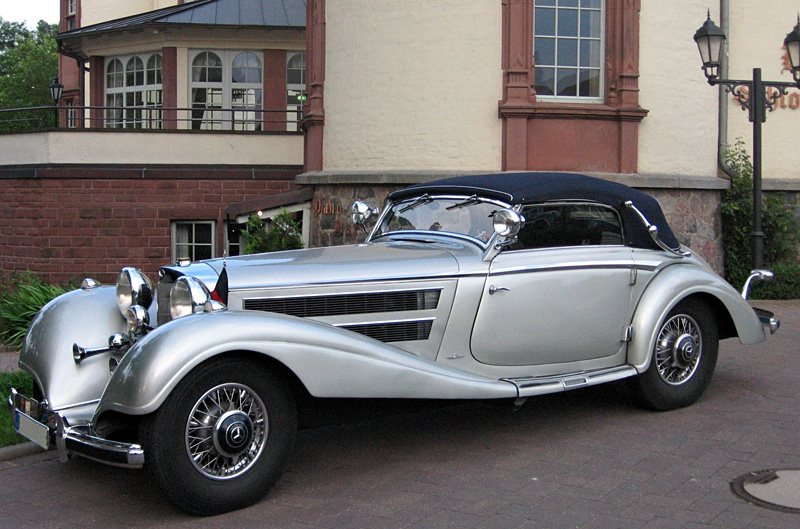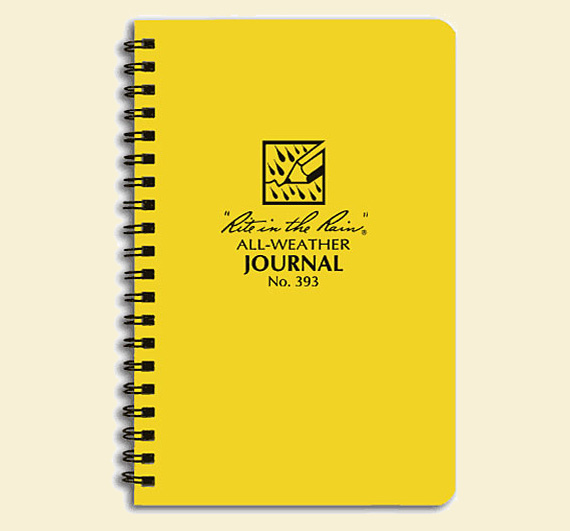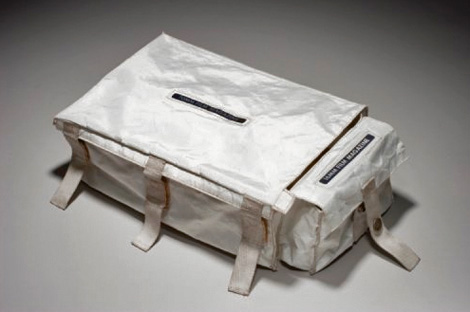By Marc Rochkind
I got my Apple iPad on its first day, April 3, but had to wait until today for the Camera Connection Kit ($29), which just arrived. The Kit consists of two separate receptacles for the iPad's connector: one for SD cards, and one with a USB female socket.
The USB socket is intended for connecting directly to a camera that's configured either for PTP or as a mass-storage device. I didn't test either, as I don't connect that way. Instead I connected a USB card reader and used that to read a CF card, which worked fine. Probably other card types work, too.
I also tried an Epson P-3000* portable viewer, which didn't mount at all. My guess is that most devices that aren't cameras or cards probably won't work. I leave it to others to try out all the possibilities.
Of more interest to me is what files the iPad can read and understand. When you connect a card or camera, the iPad jumps to its built-in Photo app and opens a new tab called Camera, not previously seen (by me, anyway). You select the thumbnails you want, or you can just import them all. You also have a button for deleting, but I didn't try that (and won't). After you import you're offered the option of deleting what you imported, but I didn't try that either.
I was pleasantly surprised to find that the Photo app imported my Canon G9 and Nikon D700 RAWs and a Canon G9 movie, in addition to JPEGs. It showed all of them full-screen, too. I'm sure it's just showing the full-size JPEG preview embedded in Canon and Nikon RAWs, not converting the raw data itself. But the intact RAWs are indeed imported.
What you import goes into an album called Last Import, and also an album in the Events tab whose name seems to be the date of the first photo. And everything you import goes into a catch-all album named All Imported. There's no way I know of to rename albums.
When you sync Photos with iTunes, albums imported with the Camera Connection Kit are left alone, not deleted, which is good. (Normally, synced albums no longer on your desktop or laptop are deleted as a function of the sync.)
You can transfer images from the iPad to your computer with the Image Capture app that comes with OS X, or with Lightroom. I understand that other apps like Aperture, iPhoto, and probably some Windows apps other than Lightroom work as well. (I'm embarrassed to say that my own ImageIngester doesn't see the iPad. I'll look into that, of course.)
As a previewer and backup device for field use, the iPad works okay. Its screen is way better than the one on the Epson P-3000, or any other portable viewer I've seen. Clearly an issue for production work is its limited storage: 64GB at most, some of which you'll be using for other things besides photos. Also, the iPad is somewhat cumbersome with its USB or SD connector, and maybe a card reader, too. My Epson P-3000 and many other portable backup units are self-contained.
Marc
Marc Rochkind is a developer of software such as ImageIngester for profess- ional digital photographers.
*Current version is the P-6000.
Note: Links in this post may be to our affiliates; sales through affiliate links may benefit this site. More...
Original contents copyright 2010 by Michael C. Johnston and/or the bylined author. All Rights Reserved.
UPDATE: As I reported above, the iPad did fine with a 2GB SanDisk Extreme III card in a Kingston card reader, but when I tried an 8GB Kingston 133S Elite Pro card in the same reader, the iPad popped up a message saying that the device took too much power, and refused to mount it. Putting the card back in the camera (a Nikon D700) and connecting that way worked fine. So, although I have always removed a card from the camera to ingest it, when I travel with the iPad I'll just go straight from the camera. (And, as it happens, that's the only method Apple officially supports. I now know why.)
Featured Comment by Stephen Best: "The obvious question is why didn't Apple include a SD slot and USB connector in the iPad in the first place?"